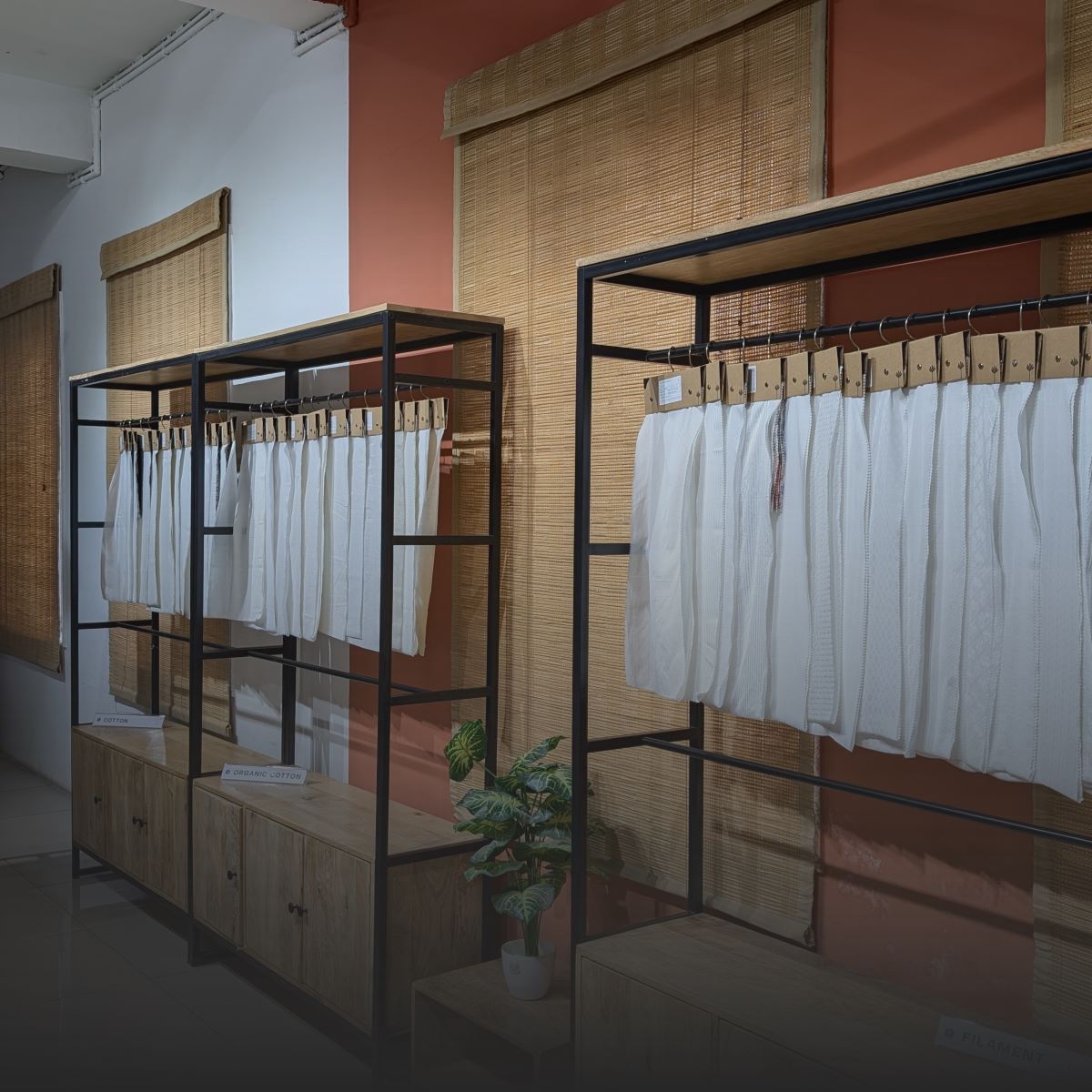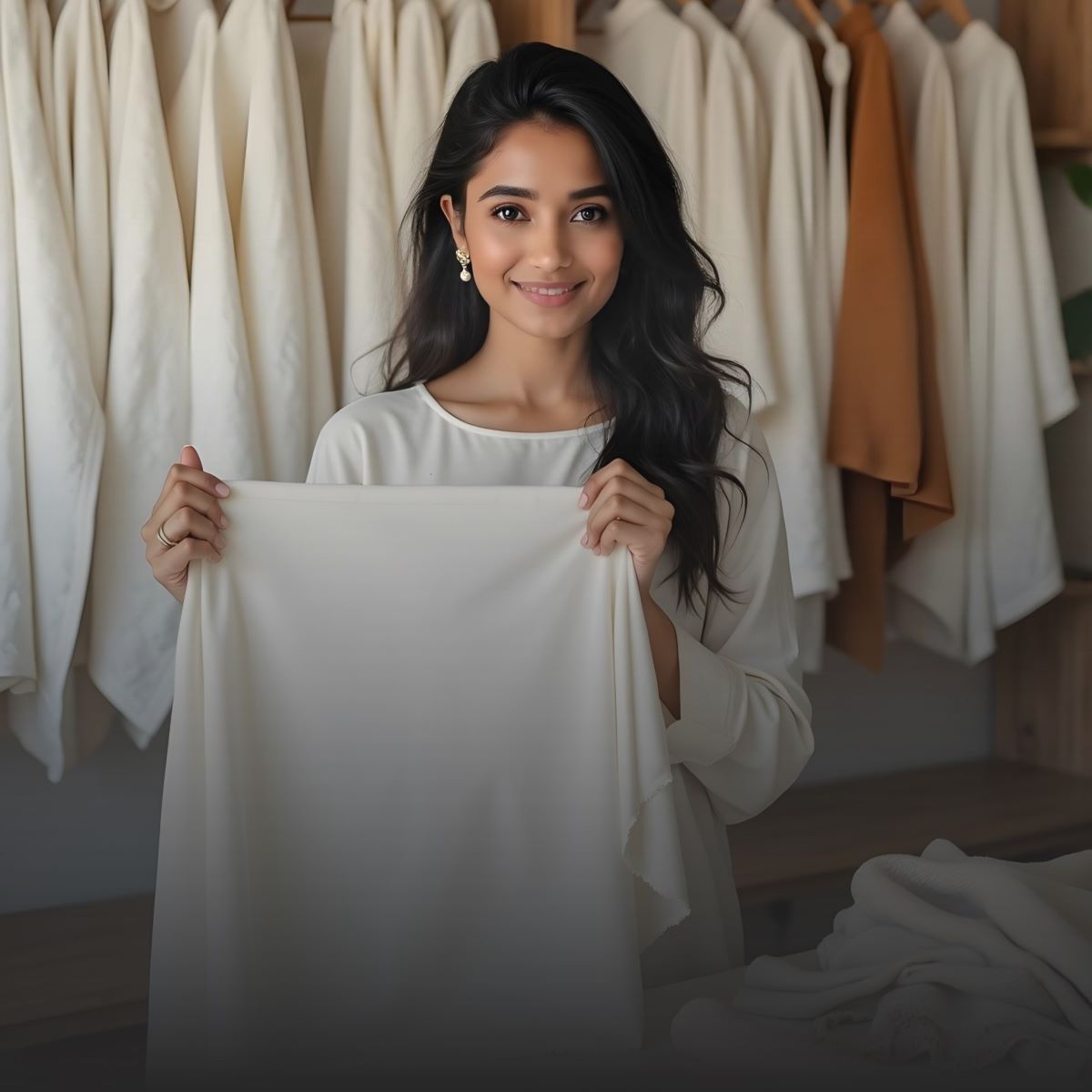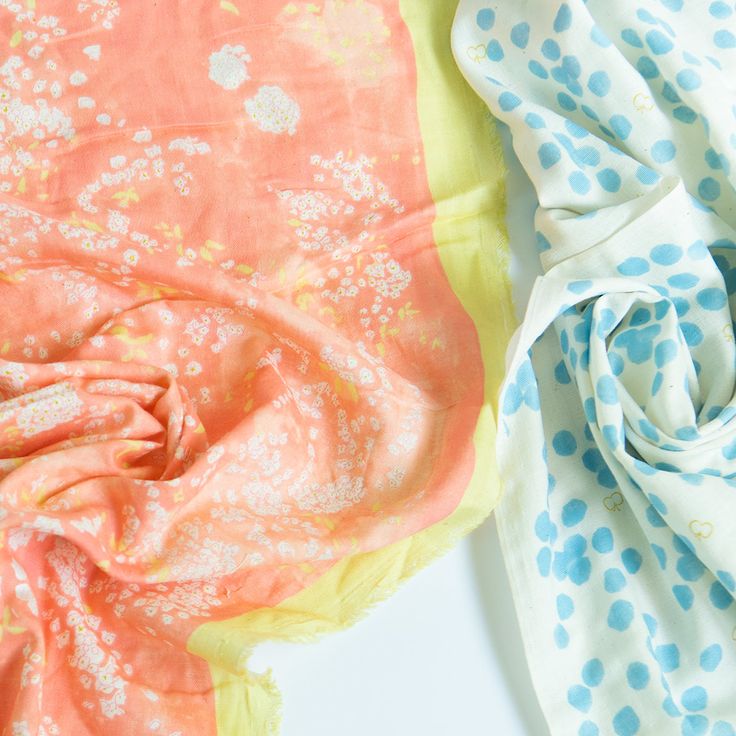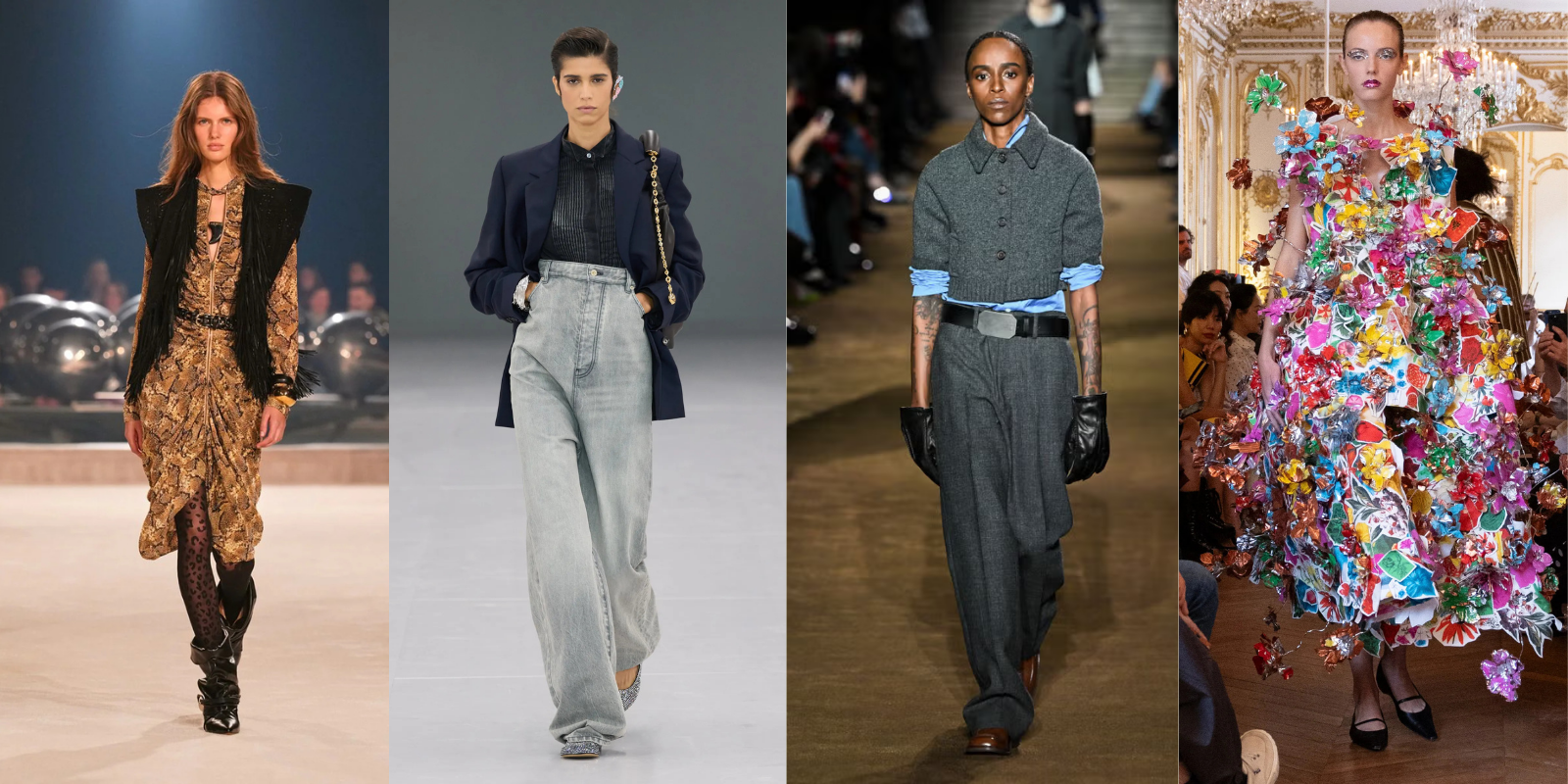So, you love fashion? That's awesome. But it's time to think bigger if your designs are stuck in your sketchbook or only worn by family members. Turning your fashion passion into a money-making business isn't just about being creative. You also need a plan, good timing and a little hard work.
If you are great at designing or enjoy turning old clothes into trendy outfits, this guide is for you. We'll keep things simple and easy to follow, sharing tips on building skills, using helpful tools like AI and creating a strong brand.
No fancy words or confusing ideas, just clear steps to help you turn your love for fashion into a business that earns you money.
Ready to get started? Let's go.
Step 1: Develop Essential Skills for the Fashion Industry

1. Design Skills
- Practice sketching and drawing to share your ideas.
- Learn digital design tools like Adobe Illustrator or Procreate to create professional designs.
Real-Life Example: Designer Masaba Gupta started by drawing bright, bold prints inspired by her culture. She turned her ideas into a unique fashion brand in India by learning digital tools.
2. Sewing and Pattern-Making Skills
- Learn how to stitch, drape and tailor clothing.
- Knowing how to make patterns helps you create clothes that fit well and look good.
Real-Life Example: Designer Anamika Khanna uses her pattern-making skills to create modern designs with Indian craftsmanship. Her knowledge of patterns helped her become a global name in fashion.
3. Trend Research
- Keep up with new styles by watching fashion shows and checking social media trends.
- Websites like WGSN and Vogue Runway are great for finding new ideas.
Real-Life Example: Brands like Zara are experts in following trends. They track what people like and quickly add those styles to their collections.
4. Business and Marketing Skills
- Learn how to manage money, set prices and promote your designs.
- Platforms like Instagram, Facebook and Shopify can help you reach more customers.
Real-Life Example: Designer Sabyasachi Mukherjee became a global success by sharing his designs through powerful stories and social media marketing.
5. Communication and Networking
- Build strong relationships with fabric suppliers, manufacturers and designers.
- Attend fashion events and trade shows to meet people who can help your business grow.
Real-Life Example: Designer Gaurav Gupta grew his brand by working with industry leaders and attending major fashion events, which helped him gain global recognition.
Step 2: How to Convert Your Skills into a Fashion Brand

Turning your skills into a fashion brand needs careful planning and creativity. Here's how you can do it:
1. Identify Your Strengths
- Think about your strongest skills like designing, tailoring or styling.
- Choose a profitable niche like sustainable fashion, bridal wear or streetwear.
Example: Designer Ritu Kumar turned her deep knowledge of traditional Indian textiles into a successful brand that mixes heritage with modern designs.
2. Build a Signature Style
- Focus on a design style that makes your brand stand out.
- Examples: Bold prints, simple designs or detailed embroidery.
Example: Abu Jani and Sandeep Khosla are known for their embroidery and detailed designs, giving their brand a unique look.
3. Develop a Product Line
- Start small with a capsule collection to show your creativity.
- Source good-quality fabrics from trusted suppliers like Fabriclore for customized designs and bulk orders at low MOQs.
Example: Fashion startup The Loom started with a small collection of handwoven fabrics and now serves many people looking for ethnic-inspired designs.
4. Showcase Your Work Professionally
- Build a portfolio with clear, high-quality photos of your designs.
- Create mood boards that reflect your design ideas and creative vision.
Example: Designer Anita Dongre uses detailed photos and visual storytelling on her website to present her signature style effectively.
5. Establish Your Brand Identity
- Design a memorable logo, pick brand colors and create a strong backstory.
- Share your design journey, inspirations and values to connect emotionally with your audience.
Example: Designer Sabyasachi Mukherjee built his brand by sharing his cultural inspirations and storytelling through fashion.
6. Build an Online Presence
- Create a website and social media accounts to connect with your audience.
- Post behind-the-scenes content, design ideas and customer stories to engage your followers.
Example: Fashion brand Jaypore uses Instagram to showcase its hand-crafted designs while sharing artisan stories to connect with its audience.
7. Start Selling Your Designs
- Launch your products on platforms like Instagram, Etsy or a dedicated e-commerce site.
- Work with boutiques or online marketplaces to reach more customers.
Example: Chumbak successfully launched its quirky fashion line by combining social media marketing with retail partnerships, gaining a loyal customer base.
Step 3: Find Your Fashion Niche

Choosing a fashion niche means deciding what kind of clothes you want to design and who your clothes will be for. Here are some popular niches to think about:
1. Sustainable Fashion
Design clothes using eco-friendly materials like organic cotton or recycled fabrics. People are becoming more interested in buying clothes that are good for the environment.
Example: Brands like Reformation and Eileen Fisher became popular because they focus on sustainable clothing.
2. Luxury Couture
Create high-end, custom-made clothes for people who want something unique and fancy. This niche focuses on special, detailed designs and expensive fabrics.
Example: Manish Malhotra became famous for designing luxury bridal wear with beautiful, detailed work.
3. Athleisure Wear
Make stylish and comfortable clothes that can be worn for exercise or casual outings. This niche blends fashion with comfort.
Example: Brands like Lululemon and Nike do well in this area by offering sporty yet fashionable clothes.
4. Ethnic and Traditional Designs
Design clothes that celebrate cultural traditions with a modern twist. This niche combines traditional patterns and fabrics with contemporary styles.
Example: Anita Dongre’s collections mix traditional Indian designs with modern styles.
5. Minimalistic Everyday Wear
Focus on simple, easy-to-wear clothes with clean lines and neutral colors for daily use. This style is all about comfort and simplicity.
Example: Brands like Uniqlo and COS are known for their simple, stylish clothes that are perfect for everyday wear.
How to Choose Your Niche
Before deciding on a niche, do some research. Look at market trends, find out what customers like and see what your competitors are doing. This will help you pick a niche that’s both profitable and lets your unique style shine.
By choosing a niche, you can focus on a specific audience and create a brand that stands out in the fashion world.
Step 4: Conduct Market Research and Competitor Analysis

1. Use Research Tools
- You can use platforms like Google Trends and Trendalytics to help you track fashion trends, popular styles and customer preferences.
2. Study Competitors
- Identify top competitors in your niche and analyze their strengths and weak points.
- Look at their product range and services, pricing strategies and customer feedback to find gaps in the market.
3. Analyze Customer Feedback
- Check online reviews, comments and forums to understand what customers like or dislike.
- Use this information to improve your designs and meet customer expectations.
Step 5: Source High-Quality Fabrics and Materials

Work with trusted suppliers like Fabriclore, which is known for high-quality fabrics, a wide range of prints and designs and eco-friendly sourcing. Fabriclore offers great wholesale prices and fully customized fabric options and is trusted by over 400 private labels worldwide. For new fashion businesses and designers, Fabriclore provides custom fabric printing, unique designs and low order minimums, so you can start small and grow. Fabriclore helps you get the right materials for your designs, whether it's luxury fashion or everyday clothing.
Step 6: Designing Your First Collection

- Start Small: Keep your collection focused with a few pieces to help manage costs and resources.
- Pick a Theme: Choose a theme that tells a story or matches your style. For example, a summer collection might use light fabrics like cotton and linen, while a festive collection could feature silk or velvet.
- Mix Textures and Patterns: Use a mix of solid colors and bold prints or add embroidery for extra variety.
- Choose Your Colors: Pick colors that fit your brand and appeal to your target audience.
For example, designer Payal Singhal creates collections around themes like bohemian prints or soft pastels, which make her designs stand out.
Step 7: Setting Up Your Business Operations

- Register Your Business: Obtain licenses, register your brand name and follow legal guidelines to ensure your business operates smoothly.
- Manage Finances: Use accounting software like QuickBooks or Zoho Books to track expenses, manage sales and ensure steady cash flow.
- Inventory Management: Use tools like Veeqo or TradeGecko to keep track of your stock and avoid overproduction.
Step 8: Build a Strong Online Presence

- Create a Website: Platforms like Shopify or Wix make it easy to design a professional-looking site.
- Use Social Media: Platforms like Instagram, Facebook and TikTok help you connect with fashion enthusiasts.
- Boost Visibility: Run paid ads and collaborate with influencers to reach a wider audience.
Step 9: Master Sales and Marketing Strategies

- Offering limited-time deals, discounts or giveaways can help attract new customers.
- Working with stylists, bloggers or influencers can help you reach more people.
- Sharing customer stories, styling tips and design ideas helps you connect with your audience.
Step 10: How AI Can Help Fashion Business:
|
AI Application |
Description |
Example Tools/Brands |
|
Trend Forecasting |
Uses AI to analyze social media trends, influencer styles and market data to predict popular designs. |
Heuritech, Stylumia, Zmo.ai; Louis Vuitton |
|
Design Assistance |
AI-powered tools generate digital clothing samples, reducing the need for costly physical prototypes. |
Cala, Fabrikant; Startup brands using sustainable fashion |
|
Personalized Marketing |
Analyzes customer behavior to create tailored campaigns, improving product recommendations and engagement. |
HubSpot, Marketo, Klaviyo; Fashion brands boosting sales |
|
Inventory Management |
Predicts demand, reduces overproduction and prevents stockouts to minimize fabric waste. |
Sowtex, Relex, StockIQ; Bridal wear designers |
|
Customer Engagement |
AI chatbots provide 24/7 support, answer queries, recommend designs and enhance the shopping experience. |
Drift, Intercom, Tidio; Online fashion stores |
Step 11: Scaling Your Fashion Business
Add More Products
You can introduce new styles, colors or types of products based on what your customers want and what sells well.
Think about creating collections for different seasons, special collaborations or limited-edition releases to keep customers coming back.
Example: H&M often releases special collections based on what people want, which keeps their products fresh and exciting.
Work with Wholesale Partners
Team up with retail stores, boutiques or online shops to get your products in front of more people.
Working with well-known stores can help you reach more customers and increase your sales.
Example: Indian designer Ritu Kumar teamed up with big stores to make her designs available worldwide.
Keep Your Designs Fresh
Regularly update your designs to match the latest trends and what your customers like.
You can use trend forecasting tools like Heuritech or Stylumia to predict what will be popular next.
Example: Brands like Zara keep their collections fresh by constantly adding new designs, which keeps customers excited.
Adding new products and updating your designs can grow your fashion brand while keeping your customers happy.
Conclusion
Turning your love for fashion into a successful business requires hard work, creativity and careful planning. You can make your designs stand out by learning the right skills, building a unique brand and keeping up with trends. Building good relationships with suppliers, using online platforms to reach customers and staying organized will help your business grow. As your brand grows, you can add new products, work with other brands and keep your designs exciting to meet customers' wants. With dedication and the right approach, your fashion brand can succeed.
We also happen to be a magnet for suggestions and would love to catch yours….throw us yours at hello@fabriclore.com




